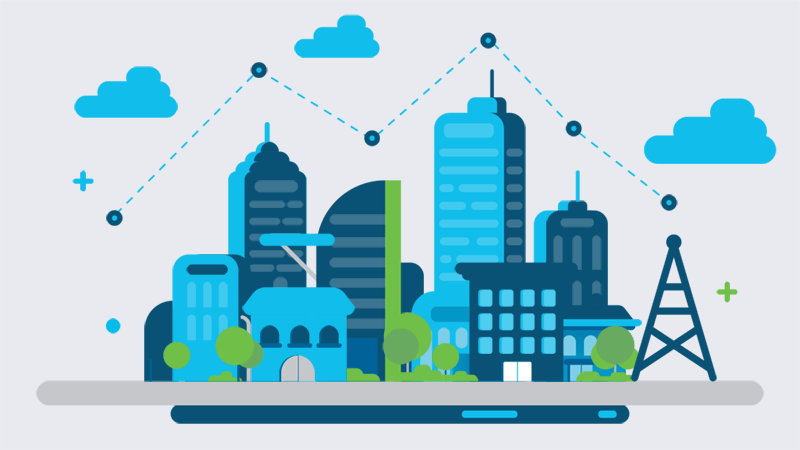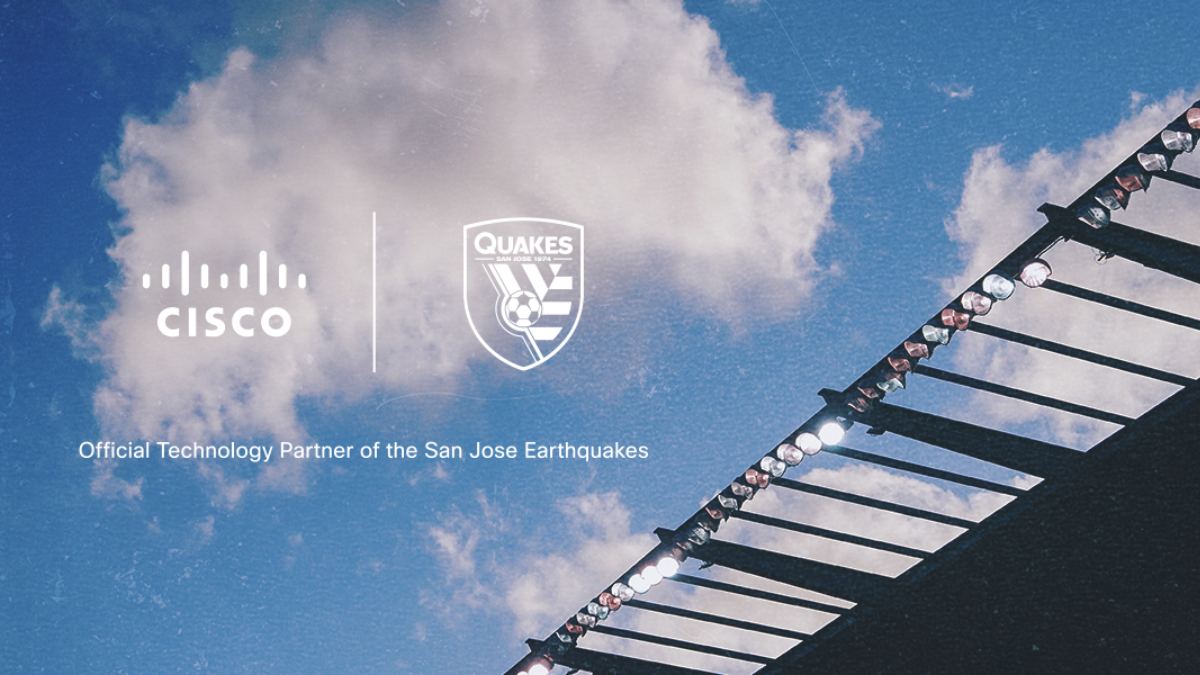From smart factories and hospitals to connecting communities on the wrong side of the digital divide, 5G is not just about faster video downloads on smart phones (not that we don’t want that).
But what is the current state of 5G — and the other key next-gen wireless technology, Wi-Fi 6 — and how can organizations prepare for the benefits? And just what can we expect when these technologies — with their higher speeds, wider bandwidths, and lower latencies — begin to fully impact our lives, work and industries?
“I’m a big believer in 5G,” said Jonathan Davidson, SVP/GM of Cisco’s Mass-Scale Infrastructure Group. “There are a lot of commercial use cases like smart factories and warehouses with IoT, and also large military bases. But we’ve also been working with 5G in the UK to extend connectivity to those who are still unconnected, and there’s potential on Native American lands as well. It’s about raising everyone’s boats simultaneously.”
Davidson was speaking in a roundtable discussion titled “The 5G Future of Work,” moderated by Vijay Vaiheeswaran, U.S. business editor for The Economist, which sponsored the event.
See also: The power of connectivity: Closing the digital divide with next-gen wireless
Vaiheeswaran called 5G “a huge topic, one that will transform the way we live and work in coming years.” And there were plenty of insights, use cases and transformation scenarios to support that prediction — both at The Economist event, and at another recent roundtable sponsored by Cisco, titled “The Power of Connectivity — 5G and Wi-Fi 6 for the Win.”
Peggy Smedley, tech industry influencer and author who hosted the Cisco event, stated that there are 20 billion connected devices on the internet today. And by 2023, we’ll add another nine billion to that total.
“More devices mean more strains on networks and more decisions that need to be made on technology infrastructure to support our needs,” she stressed, “to be connected at all times.”
5G and Wi-Fi 6 will be a big part of those decisions, and smart organizations are already exploring their potential to meet those future demands.
A future-proof, 5G city
David Graham is the chief innovation officer for Carlsbad, Calif., a city that has partnered with Cisco to reimagine its network infrastructure to be future proof and 5G ready. The city had previously contended with a patchwork of separate networks for different entities and municipalities, all of which compounded issues around communications, reliability, and security.
“We were able to partner with Cisco,” he said at the Cisco-led roundtable, “to set up the platform to replace that Frankenstein network. And now we are adding really exciting applications so we can have more secure and reliable control of our water system. We’re using artificial intelligence to optimize our traffic management.”
5G and Wi-Fi 6 will be critical for the next wave of and demand for smart-city capabilities. As COVID-19 proved to so many organizations, that high level of connectivity creates the agility to respond to unexpected problems (or opportunities). And the need will only expand in the future.
“At the end of the day, the internet, and our business here at Cisco is about connecting,” said John Chapman, CTO for Broadband Technologies at Cisco. “Your devices, your family’s devices, the Internet of Things — everything’s going to be connected to the networks. And the best way to connect people together is through wireless technology. That’s where we see a play of 5G and Wi-Fi 6 moving forward.”
‘Fiber in the air’
At the Economist roundtable, Vaiheeswaran referred to these next-gen wireless technologies as “fiber in the air,” citing their potential to bring super-fast, ultra-low-latency connections to new places and applications. And Cecilie Heuch, chief people and sustainability officer at Norway’s Telenor took up the theme.
“5G will help us work better, faster and smarter,” she said. “But although we will have lower latency and higher speed, it’s not only about the technology. It’s also about the way we work. There will be a possibility for democratizing hiring opportunities. I think we’ve only seen the start of that.”
See also: Cisco helps provide free WiFi in underserved communities
That will include new opportunities for people with disabilities and people in isolated communities, she explained. At the same time, it will bring remote expertise to those underserved regions, and from those regions as well, as new ways to learn and expand skills remotely become available.
“The reality in all industries,” she said, “is that there will be a scarcity of certain skills, and this 5G revolution can enable us to get skills from other places.”
Beyond expanding skills, Heuch mentioned 5G-VINNI, a European consortium including Cisco and Telenor, that’s examining 5G use cases — from mission-critical defense applications and autonomous vehicles and ships to remote monitoring in manufacturing and health care.
“It’s mostly in the exploratory stage,” she qualified, “but there’s huge potential.”
A big part of that potential lies in the synergy between 5G and Wi-Fi 6. Each represent a leap forward in wireless capacity, and each will have its unique roles. And creating a seamless handoff from one to the other will be critical.
Mo Katibeh, chief product and platform officer for AT&T, said his company is creating 5G test beds in large hospitals and factories.
“We’ve deployed this solution at an aircraft manufacturing facility,” he said. “With edge compute, they wanted to get the latency down to under 10 milliseconds. So, as the airplane parts are put together, they can address any defects quickly.”
But Katibeh was quick to add that WiFi 6 will have a key role as well — for example, in connecting workers and offices in a smart factory.
“These things are going to work in harmony and concert,” he said. “There’s a place for both.”
‘Bringing people together’
John Chapman sees next-gen wireless as a great opportunity — both for Cisco and the world.
“I really see a lot of good things happening with 5G and Wi-Fi 6,” he said. “I see the market expanding, and I see a lot more people getting connected. It’s going to be a great journey, for all of us.”
And as exciting as high speed and low latency are for the future, Cisco’s Jonathan Davidson brings it all home.
“It’s not just about doing things quickly, it’s about bringing people together,” he said at the close of the Economist panel. “The world of work will be transformed in unexpected ways. But let’s look in the direction of inclusion, of finding new ways of working and collaborating, bridging the digital divide. And if that is what 5G will bring, I think we should all welcome it.”
###
We welcome the re-use, republication, and distribution of "The Network" content. Please credit us with the following information: Used with the permission of http://thenetwork.cisco.com/.




